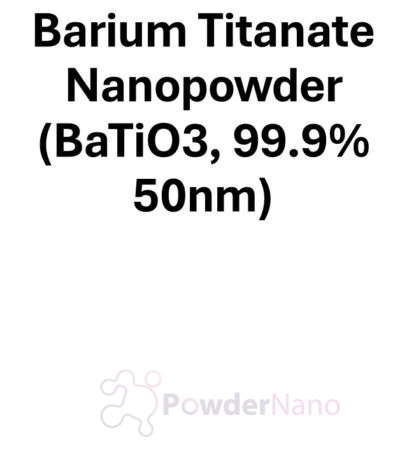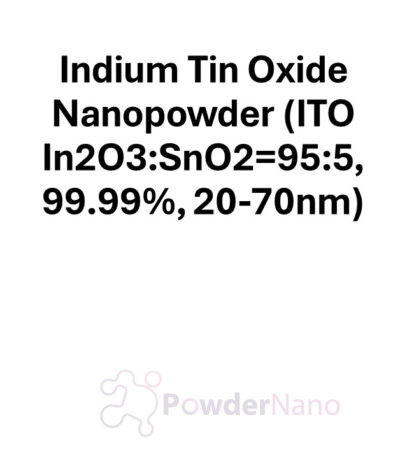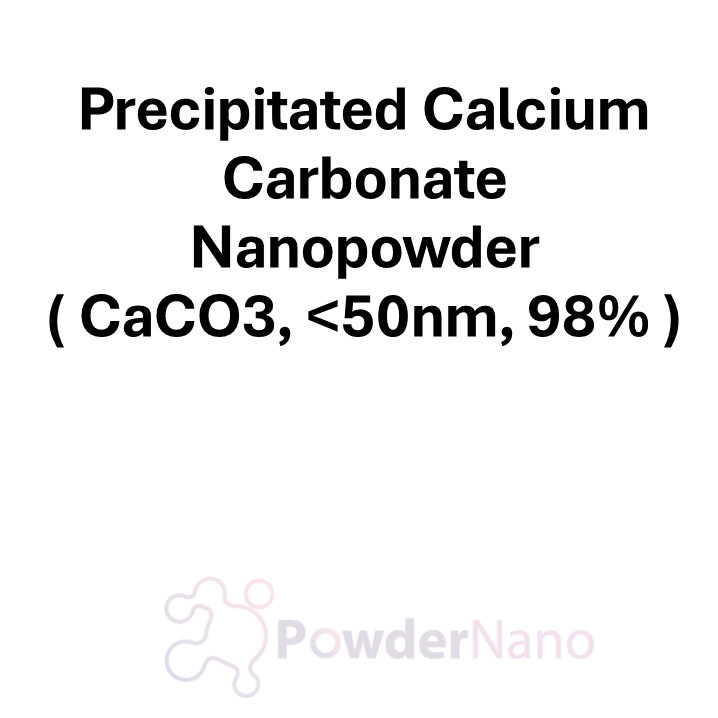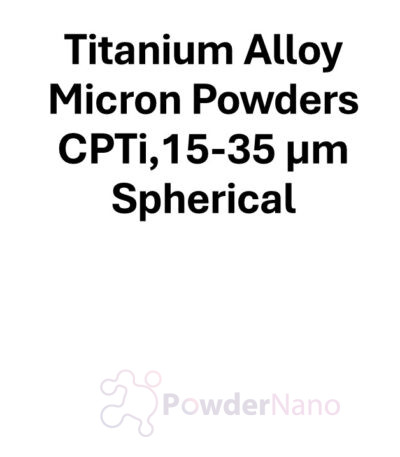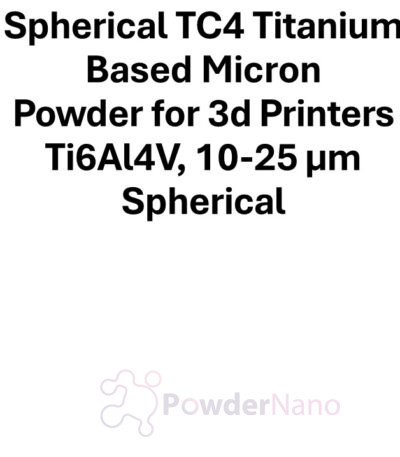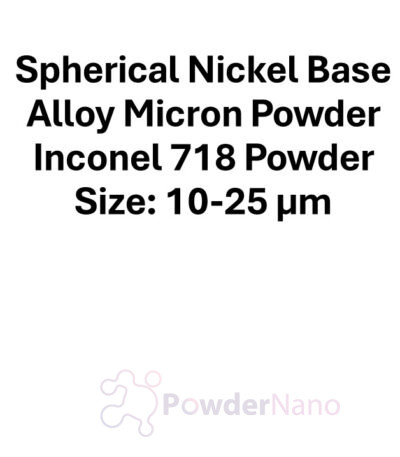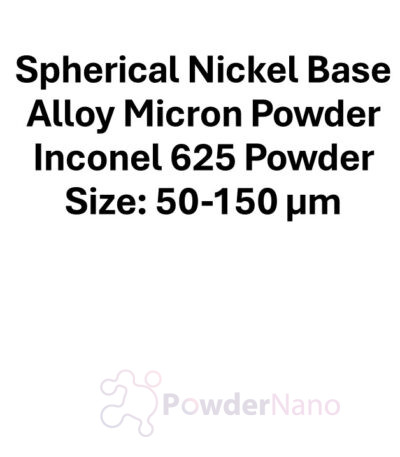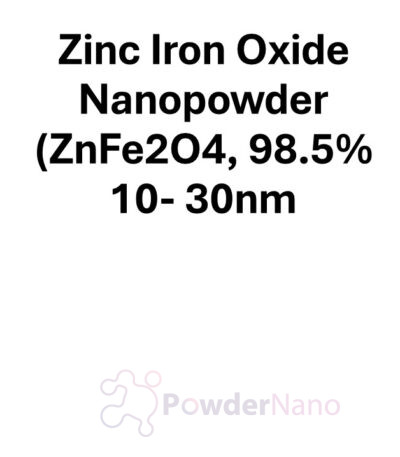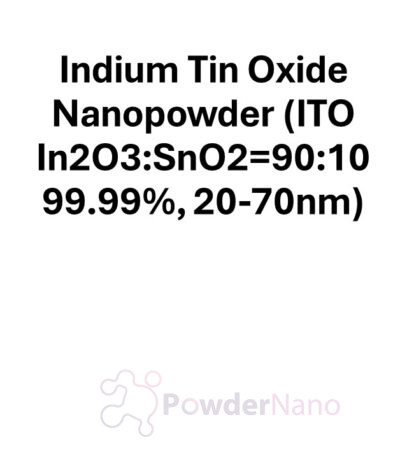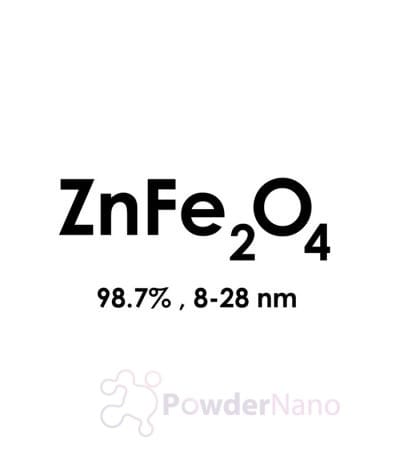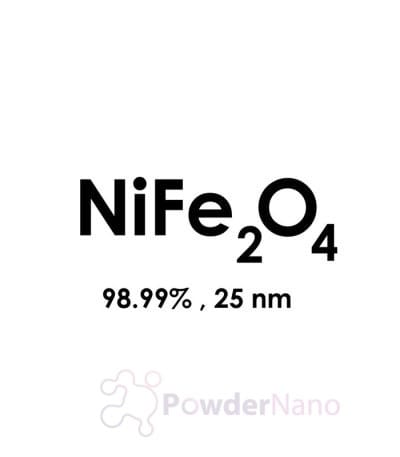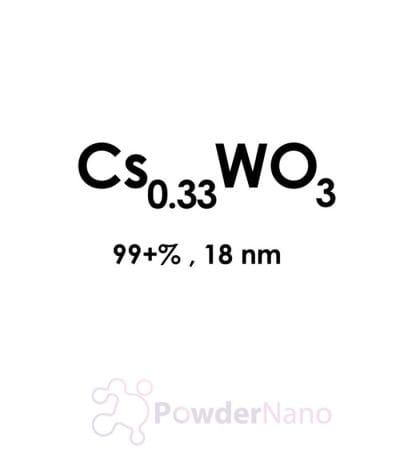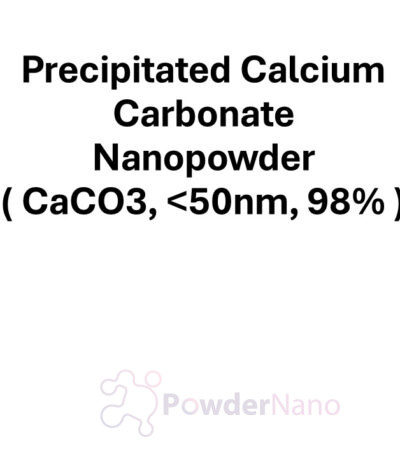Technical Specifications:
- Chemical Composition:
- Primary Ingredient: Calcium Carbonate (CaCO₃)
- Purity: 98% (high purity with minimal impurities).
- Nanoparticle Size:
- Particle Size: <50 nm (nanometers).
- Particle Shape: Typically spherical or cubic, depending on the synthesis method.
- Surface Area:
- High surface area due to nanoscale size, which enhances its reactivity and performance in applications like fillers and coatings.
- Density:
- Lower apparent density compared to bulk CaCO₃, owing to the fine nanoparticle structure.
- Other Characteristics:
- Color: White.
- Thermal Stability: Stable under normal conditions but decomposes to calcium oxide (CaO) and carbon dioxide (CO₂) at high temperatures.
- Reactivity: High surface reactivity due to its nanoscale dimensions.
Applications:
- Plastics and Polymers:
- Purpose: CaCO₃ acts as a filler to enhance strength, rigidity, and processability.
- Application: Used in manufacturing PVC, polypropylene, polyethylene, and other polymers to reduce costs while improving mechanical properties and thermal stability.
- Paper Industry:
- Purpose: Precipitated CaCO₃ improves the opacity, brightness, and smoothness of paper products.
- Application: Widely used in paper coatings and as a filler in writing paper, printing paper, and packaging materials.
- Paints and Coatings:
- Purpose: Acts as a pigment extender, improving durability, opacity, and rheological properties.
- Application: Incorporated into architectural paints, industrial coatings, and decorative paints to enhance performance and reduce production costs.
- Rubber Industry:
- Purpose: Used as a reinforcing filler to improve the tensile strength and elasticity of rubber products.
- Application: Used in the production of tires, hoses, belts, and other rubber goods.
- Adhesives and Sealants:
- Purpose: Improves the mechanical properties and viscosity of adhesives and sealants.
- Application: Utilized in construction adhesives, tile adhesives, and sealants for better stability and cost efficiency.
- Cosmetics and Personal Care:
- Purpose: Acts as a whitening agent, abrasive, and filler in cosmetic formulations.
- Application: Found in toothpaste, face powders, and other personal care products to enhance texture and performance.
- Pharmaceuticals:
- Purpose: CaCO₃ serves as an excipient and dietary calcium supplement.
- Application: Used in tablet formulations, antacids, and as a calcium source in dietary supplements.
- Environmental Applications:
- Purpose: Used to neutralize acidic environments and treat wastewater.
- Application: Effective in flue gas desulfurization, soil conditioning, and pH adjustment in water treatment processes.
- Construction Materials:
- Purpose: Acts as a filler to improve the durability and workability of construction materials.
- Application: Added to cement, concrete, and plaster to enhance strength and reduce costs.
- Catalysis:
- Purpose: Used as a support material or base in catalytic processes.
- Application: Incorporated into catalytic systems for chemical synthesis and environmental remediation.
Key Benefits:
- High Surface Area: The nanoscale size enhances surface reactivity and improves performance in fillers, coatings, and catalytic applications.
- Cost-Effectiveness: Reduces material costs in industries such as plastics, paints, and construction without compromising quality.
- Versatility: Applicable across a wide range of industries, including pharmaceuticals, cosmetics, and environmental technologies.
- Environmental Stability: Non-toxic and eco-friendly, making it suitable for sustainable applications.
- Improved Performance: Enhances mechanical, thermal, and optical properties of materials in which it is used.
Precipitated Calcium Carbonate Nanopowder (CaCO₃) is a versatile material with applications in plastics, paints, paper, pharmaceuticals, cosmetics, and environmental technologies, offering exceptional performance due to its nanoscale size and high purity.
